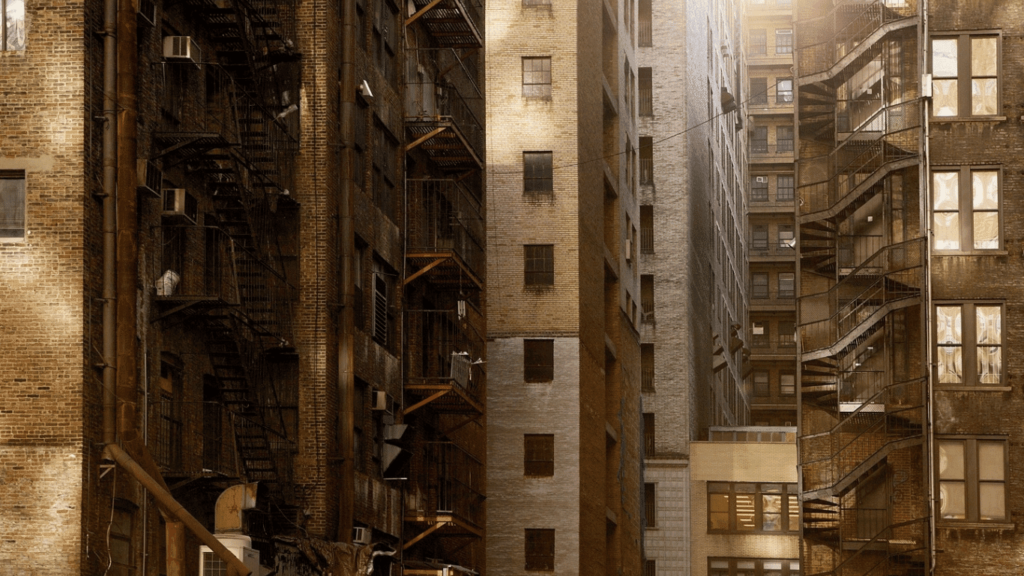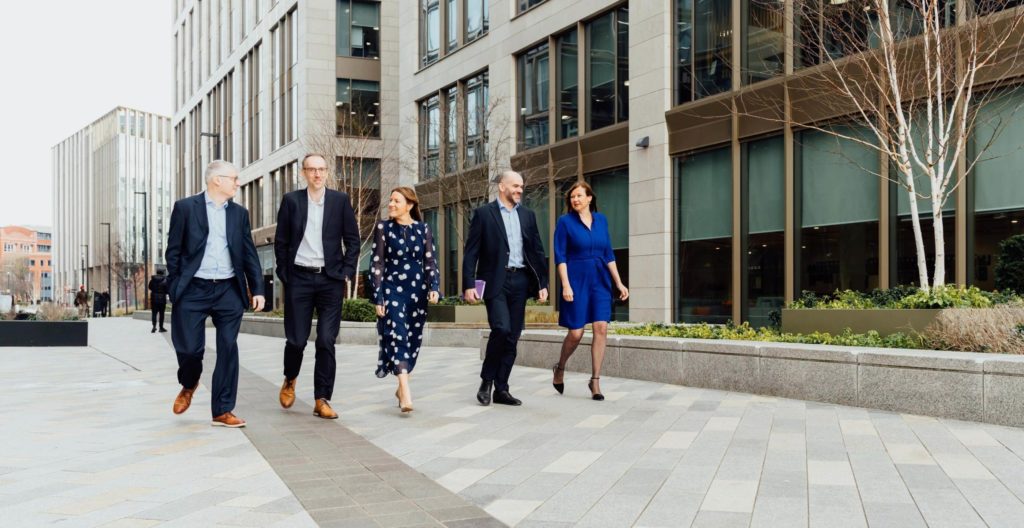
The Building Safety Act 2022: A Deep Dive into the Law
Thursday 12th May 2022
As mentioned in a previous article, the Building Safety Act 2022 is a hot topic of conversation since it became law on 28 April 2022.
The Act introduces a more stringent regulatory framework for the design and construction of certain high-rise buildings. Parts of the Act come into force immediately, whilst other parts will come into effect before the end of June. The Building Safety Act 2022 should be fully in force by the end of 2023.
What are the Key Points in the Building Safety Act 2022?
There are some key provisions implemented by the Act. These include:
Cost of Remedying Historic Defects
Perhaps the most topical part of the Act has been who should be responsible for the cost of remedying defective buildings. Earlier this year the Housing Secretary made it clear that he expects those responsible for the construction of defective buildings to bear the cost of remediation.
Under the Act, the courts will have the power to issue a remediation order. This will require a landlord to remedy relevant defects within a certain time period. The Act also contains protection for leaseholders by limiting the extent to which such remediation costs are passed down to them. For example, where the building is over 11 metres or five storeys and contains at least two dwellings;
- The maximum service charge contribution of a leaseholder for a remediation cost will be £10,000 (£15,000 in Greater London)
- If the building owner is the developer (or is linked to the developer) of the building, or the landlord’s group net worth is at least £2 million per affected building that they own, they will not be able to pass on the cost of remediation to the leaseholders
- Leaseholders of lower value flats will not be required to contribute.
Gateways
Three new “Gateways” have been developed for the planning and construction phase for all high-risk buildings. High-risk buildings are those over 18m high, or at least seven storeys and containing at least two residential units. All three Gateways must be passed before the building can be occupied:
- Gateway 1 (Planning): This came into effect on 1 August 2021 and requires those seeking planning permission for a high-risk building to submit a fire statement as part of the planning process.
- Gateway 2 (Pre-construction): Here applicants will be required to demonstrate how their proposals will comply with building regulation requirements. If a developer is unable to demonstrate compliance they will not be able to proceed to construction. In addition, payment of the building safety levy (referred to below) must be made.
- Gateway 3 (Post-construction, pre-occupation): This is the completion/final certificate phase where the handover of the relevant documents to the building owner and the regulator (see below) will take place. If approved, the regulator will issue a completion certificate and the high rise residential building will be registered on the regulatory system. Gateway 3 must be completed satisfactorily before the building can be occupied.
Establishment of the Building Safety Regulator
A Building Safety Regulator will be established to oversee the management of higher risk buildings. The Building Safety Regulator will be responsible for ensuring that the mechanisms put in place for the ongoing maintenance and safety, both during construction and once the building is occupied, of such higher-risk buildings, are adhered to.
Part of their obligations will be the maintenance and management of the “golden thread” of building information.
Extension of Limitation under Defective Premises Act 1972
Currently, the Defective Premises Act 1972 allows occupiers of a dwelling to pursue a claim against anyone involved in the construction of that dwelling if it is “not fit for habitation”, within a period of six years of construction.
The Building Safety Act will extend that period to 30 years for retrospective claims and 15 years for prospective claims. It will also widen the scope of the act to include manufacturers of construction products should products fail to comply with new regulations. These provisions will come into force in late June 2022.
Building Safety Levy
The Secretary of State now has the power to introduce a new building safety levy, which will be used to contribute to the cost of remediating existing building safety defects. The levy must be paid by developers at Gateway 2 (see above).
Details of the levy, such as who is liable to pay and the levy rates, will be confirmed in secondary legislation.
New Home Warranties
Developers of new build homes will be required to provide buyers with a new home warranty lasting 15 years. It’s likely that secondary legislation will be brought forward setting out the requirements for the cover that must be provided.
What Happens Now?
The legislation has received a mixed response as a lot of the detail has yet to be published. However, building owners and the industry need to start planning now for the changes to come.


